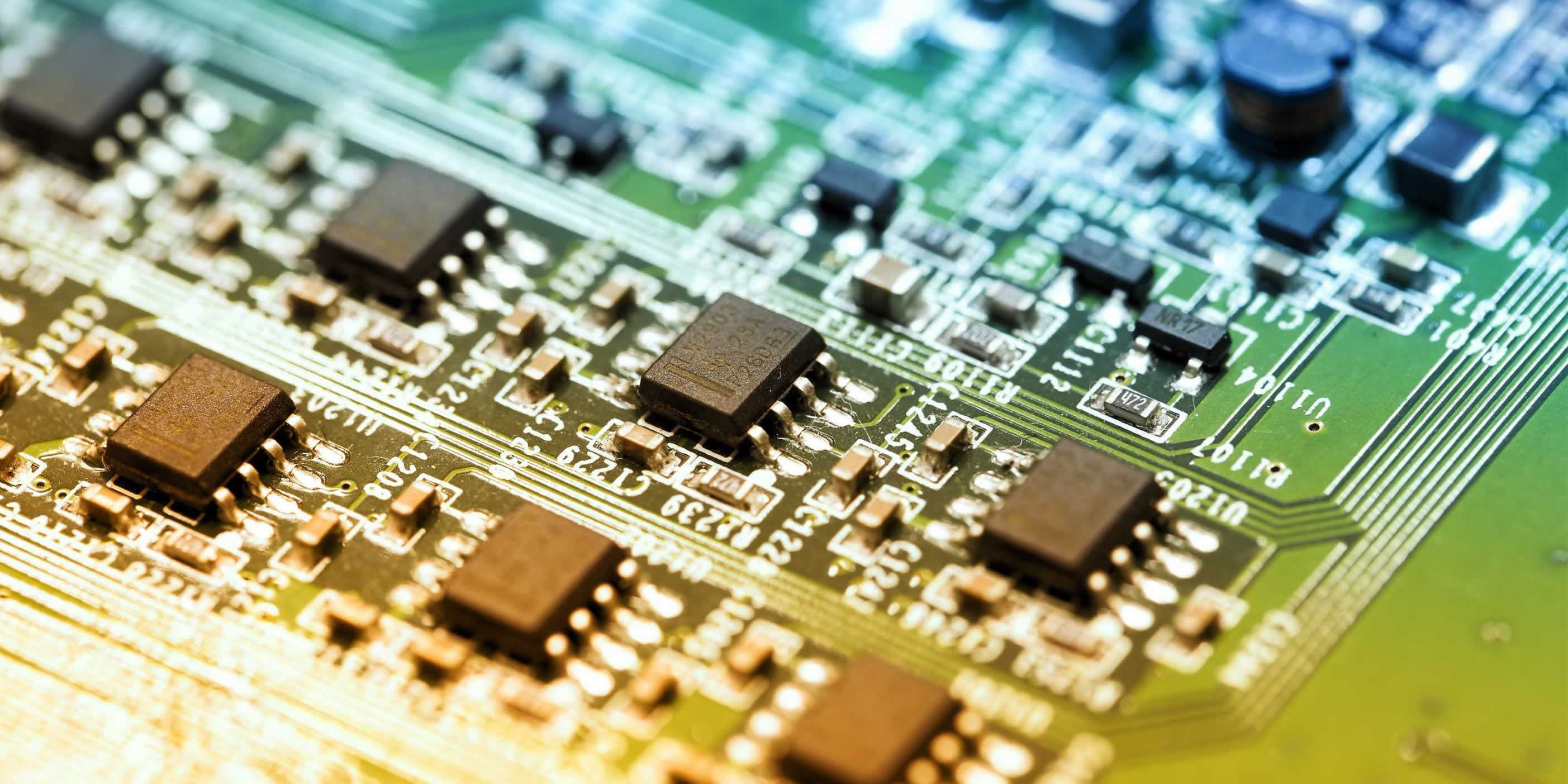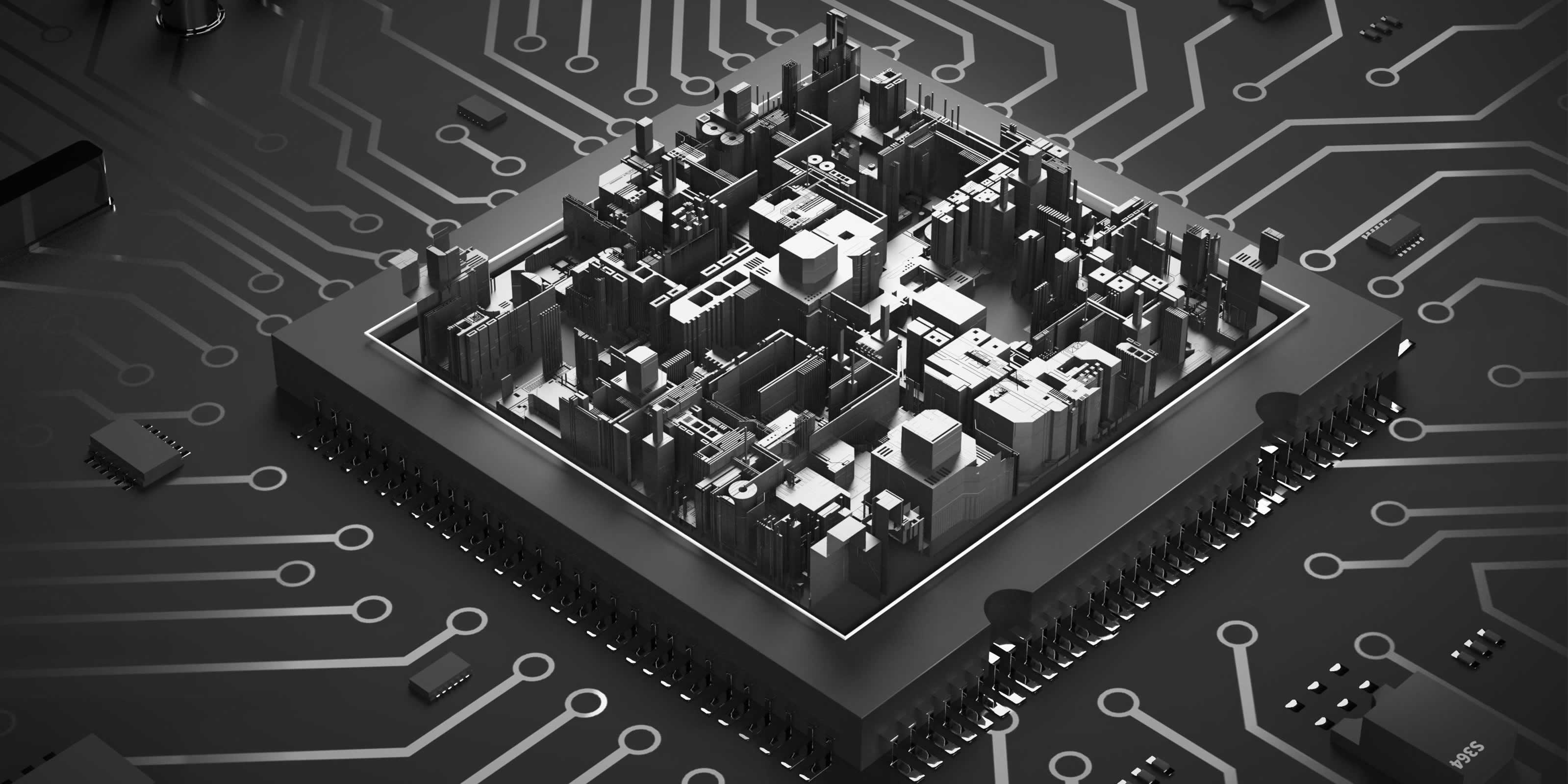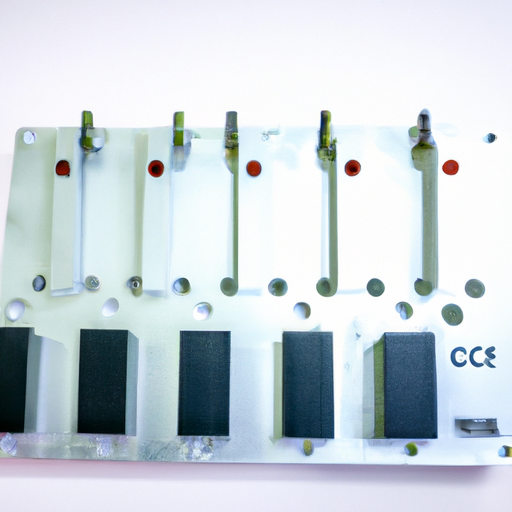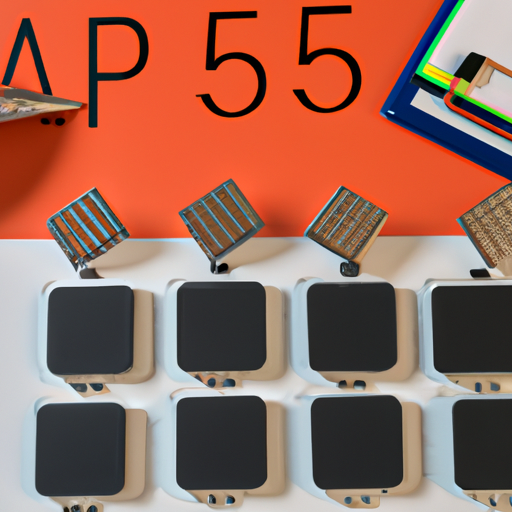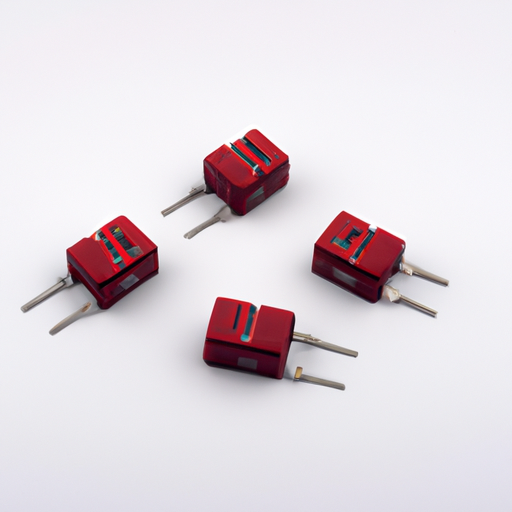CORE_COMPETENCE
Product_Leaders
index_more
index_more_content
info_item01
info_item_content01
info_item02
info_item_content02
info_item03
info_item_content03
info_item04
info_item_content04
NEWS
NEWS
CFR-25JB-52-1R2 Arrays, Signal Transformers highlighting the core functional technology articles and application development cases of Arrays, Signal Transformers that are effective.
Overview of CFR-25JB-52-1R2 Signal TransformerThe CFR-25JB-52-1R2 is a specific model of signal transformer that exemplifies the core functionalities and applications of signal transformers in electronic systems. This model is designed to meet the demands of various applications by providing reliable signal isolation, impedance matching, and signal conditioning.
Core Functional Technologies of Signal Transformers1. Isolation 2. Impedance Matching 3. Signal Conditioning 4. Voltage Level Shifting 5. Differential Signaling 1. Telecommunications 2. Audio Equipment 3. Industrial Automation 4. Medical Devices 5. Consumer Electronics 6. Data Acquisition Systems Application Development Cases ConclusionThe CFR-25JB-52-1R2 signal transformer exemplifies the critical role that signal transformers play in modern electronic systems. By providing essential functions such as isolation, impedance matching, and signal conditioning, this model supports a wide range of applications, including telecommunications, audio equipment, industrial automation, medical devices, consumer electronics, and data acquisition systems. Understanding these core technologies and application cases enables engineers and developers to design more effective and reliable electronic systems, ultimately enhancing performance and safety across various industries.
2025-05-09
0
application development in Adjustable Inductors for CFR-25JB-52-1M2: key technologies and success stories
Application Development in Adjustable Inductors for CFR-25JB-52-1M2: Key Technologies and Success StoriesAdjustable inductors, such as the CFR-25JB-52-1M2, are integral components in a variety of electronic applications, particularly in RF (radio frequency) circuits, power electronics, and signal processing. The development of applications utilizing adjustable inductors involves several key technologies and methodologies. Below are insights into these technologies and notable success stories.
Key Technologies1. Magnetic Core Materials2. Mechanical Adjustment Mechanisms3. Digital Control Systems4. Simulation and Modeling Tools5. Hybrid Technologies6. Wireless Communication1. RFID Systems2. Telecommunications3. Power Supply Circuits4. Consumer Electronics5. Automotive Applications Success Stories ConclusionThe development of applications utilizing adjustable inductors like the CFR-25JB-52-1M2 is propelled by advancements in materials, engineering, and digital technologies. Success stories across diverse industries underscore the versatility and significance of adjustable inductors in enhancing performance, efficiency, and user experience. As technology continues to evolve, the role of adjustable inductors in innovative applications is expected to expand, paving the way for new possibilities in electronic design and functionality.
2025-05-08
0




